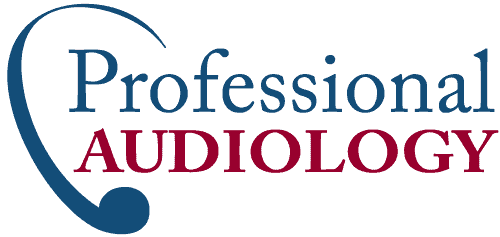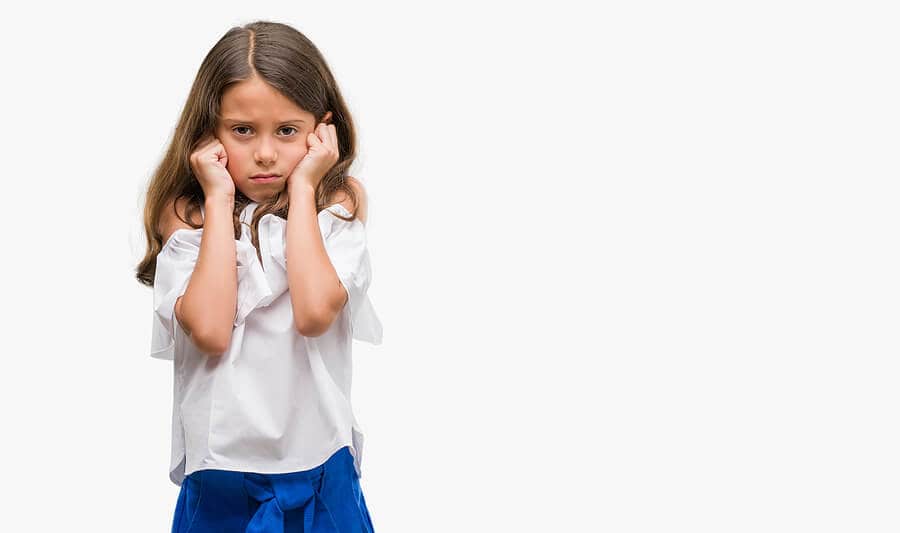In today’s world, children are exposed to various sources of noise on a daily basis. From bustling city streets to blaring television sets and booming concerts, the sounds around them can be both captivating and potentially harmful. As parents, caregivers, and educators, it is crucial to understand the impact of noise on children’s delicate hearing and take proactive steps to safeguard their auditory health. In this blog post, we will explore the question, “How loud is too loud for kids in relation to hearing loss?” So, let’s dive in and learn how to strike the right balance between enjoyment and hearing protection.
Understanding the Basics of Sound and Hearing
Before we delve into the specific noise levels that may harm children’s hearing, let’s grasp a few fundamental concepts. Sound is measured in decibels (dB), and prolonged exposure to high decibel levels can lead to hearing damage. The World Health Organization (WHO) recommends that children should not be exposed to sounds above 85 dB for more than eight hours a day. To put this into perspective, normal conversation typically ranges between 60-70 dB, while a rock concert can reach an ear-splitting 110 dB or higher.
The Vulnerability of Young Ears
Children’s ears are more susceptible to damage from loud noise compared to adult ears. The structures of the inner ear responsible for hearing are not fully developed until adolescence. Consequently, excessive noise exposure during childhood can have long-term consequences, including hearing loss and other auditory issues.
Identifying Harmful Noise Levels
To gauge if the noise level is potentially harmful, consider these scenarios:
- Household Appliances: Common household appliances like blenders, hairdryers, and vacuum cleaners often exceed 85 dB. While occasional exposure to these noises may not be detrimental, it’s essential to minimize children’s proximity and duration of exposure to protect their hearing.
- Personal Listening Devices: The popularity of personal listening devices, such as smartphones and portable music players, has increased in recent years. Many children enjoy using headphones or earbuds to listen to their favorite tunes or watch videos. However, the risk lies in the volume level. Encourage your child to keep the volume at a moderate level, ensuring they can still hear external sounds. Additionally, limit the duration of listening sessions to prevent cumulative damage.
- Toys and Games: Some toys and electronic games emit loud sounds. When selecting toys, opt for those with volume control options or lower maximum volume levels. Additionally, be mindful of toys that emit sudden loud noises, as they can be particularly harmful.
- Concerts, Sporting Events, and Fireworks: Children often attend concerts, sporting events, or firework displays with their families. These events can produce dangerously high noise levels, sometimes exceeding 120 dB. It is crucial to protect young ears by using earmuffs or earplugs specifically designed for children.
Recognizing the Signs of Hearing Damage
Parents and caregivers should remain vigilant and watch for signs that indicate potential hearing damage in children. If you notice any of the following symptoms, consult a healthcare professional:
- Frequently asking for repetition or misunderstanding instructions.
- Listening to the television or music at high volumes.
- Complaining of ringing or buzzing sounds in the ears (tinnitus).
- Exhibiting speech and language delays.
- Showing signs of inattention or difficulty concentrating.
Strategies to Protect Children’s Hearing
- Education and Awareness: Teach children about the importance of protecting their hearing from an early age. Explain how excessive noise can harm their ears and encourage them to take precautions, such as lowering the volume on personal listening devices or stepping away from loud noises.
- Use Hearing Protection: Equip your child with appropriate hearing protection when visiting noisy environments like concerts or sporting events. Ensure the earmuffs or earplugs fit properly and comfortably.
- Create a Quiet Environment: Establish quiet zones in your home, especially during study or sleep time. This helps children relax and promotes healthy auditory habits.
- Monitor Volume Levels: Regularly check the volume settings on devices your child uses and ensure they are set at a safe level. Several apps and devices have built-in volume limiters, providing an added layer of protection.
- Encourage Breaks: Remind children to take breaks from noisy activities, allowing their ears to rest and recover. This is particularly important during extended listening sessions or when engaged in loud play.
Final Thoughts
As parents and caregivers, it is our responsibility to protect our children’s hearing from the potentially damaging effects of excessive noise. By understanding safe noise levels, recognizing the signs of hearing damage, and implementing preventive measures, we can help preserve their auditory health for years to come. Remember, a little awareness and action today can go a long way in safeguarding their hearing abilities well into adulthood. Let’s prioritize their tiny ears and enjoy the sounds of life responsibly.
If you have concerns about your child’s hearing or suspect hearing loss, please contact us. Our friendly team of hearing health professionals are ready to help you with all of your hearing related needs.





